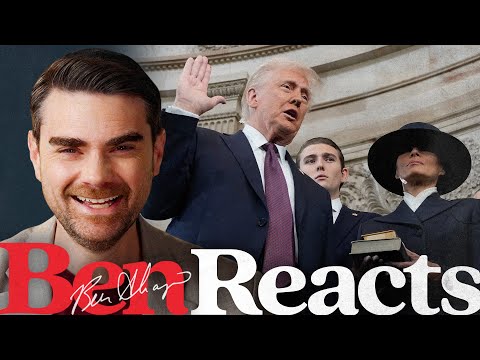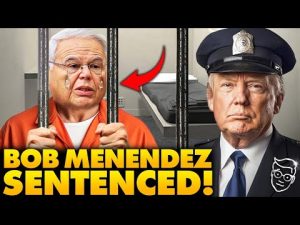In a recent address, the former president highlighted what he envisions as a transformative era for America. He opened with an audacious claim that this represents the dawn of a “new golden era”—a term sure to catch the ear of any reader following the nation’s political landscape. Reflecting on his previous tenure, he characterized those years as dark and discouraging. While some supporters may nod in agreement, others might raise an eyebrow at his retrospective lens. Nevertheless, it’s clear he aims to project optimism going forward.
As he laid out his agenda, there was an unmistakable shift towards pragmatism. He called for the designation of drug cartels as terrorist organizations, reinstating the “Remain in Mexico” policy, and pushing for a robust energy strategy underscored by the rallying cry, “drill, baby, drill.” Such straightforward proposals reveal a commitment to addressing some of the country’s most pressing issues with decisive action, rather than the indecisive hand-wringing so often witnessed in political discourse.
Moreover, his foreign policy approach signals a return to strength and assertiveness. By referencing the release of hostages from Hamas, the former president is framing America’s position on the global stage as one that prioritizes power and strategy over compromise. His bold proclamation of “Manifest Destiny”—in a context bordering on poetic—about reclaiming territories like the Panama Canal for American interests suggests a willingness to challenge the status quo and not shy away from potential confrontations.
The speech may not have had the soaring rhetoric that is sometimes expected from political leaders, but it possessed a crisp and practical tone that resonated deeply with many listeners. His statements about the “wars we never fight” and the necessity of maintaining American jobs at home rather than outsourcing them align firmly with a utilitarian approach. While his critics may argue about the feasibility and motivation behind such assertions, supporters often see them as validation of conservative beliefs in America-first policies.
Importantly, the emphasis on success as a measurement of his administration’s goals is a clear pivot from mere promises to real-world results. He assures the audience that this administration will not be fixated on revenge, hinting at a forward-looking vision rather than a rearview mirror focus. The allusion to past struggles coupled with a dynamic agenda focuses attention squarely on actionable solutions rather than political theater.
In essence, the former president’s speech conveys an underlying optimism that is hard to dismiss outright. Many Americans long for bold and innovative leadership, particularly in a climate of persistent challenges. By presenting a clear, pragmatic agenda while invoking the pioneering spirit of America’s past, he aims to inspire hope among the electorate. Whether one agrees with his vision or not, it’s clear that he is engaging with the American public, urging them to believe that a better future is not only possible but on the horizon. In the world of politics, anything that stirs hope—even with a dose of practical realism—might just be what the country needs right now.



